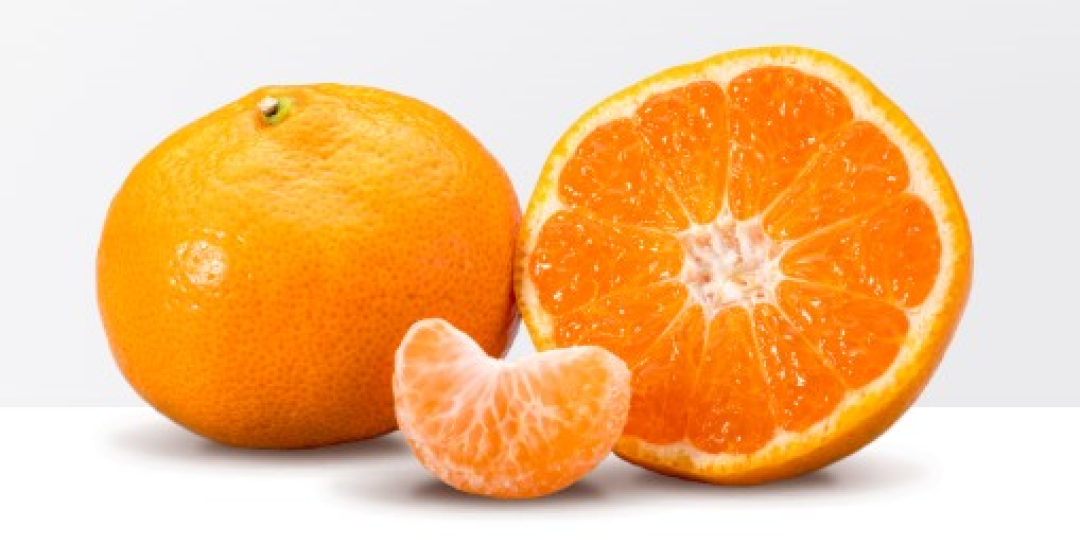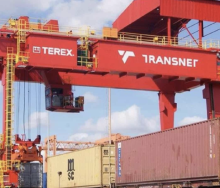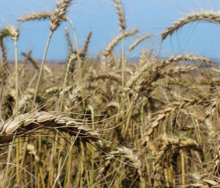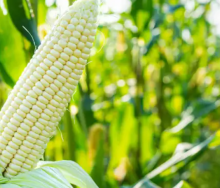South African seedless citrus – particularly oranges and mandarins – continues to gain traction in the Indian fresh produce market, driven by surging consumer demand for high-quality, easy-peel fruit varieties.
Despite regulatory and logistical barriers, exporters and logistics providers are finding innovative ways to meet India’s growing appetite for imported citrus, especially during the domestic off-season.
According to industry sources, South African citrus shipments to India have grown markedly, with exports nearly tripling over the past five years – from approximately 10 000 tonnes in 2019 to over 30 000 tonnes in 2024.
Although India remains a price-sensitive market, the rising middle class and increasing health consciousness have pushed demand for premium, seedless, vitamin C-rich fruit –qualities that South African citrus supplies in abundance.
India’s domestic citrus production – estimated at 16 million tonnes annually – is largely concentrated between November and March. In contrast, South African citrus peaks between June and October, offering Indian importers an ideal off-season supply source. This seasonal counterbalance gives South Africa a crucial market window, helping it sidestep direct competition with Indian growers.
While Egypt is also a major citrus exporter to India, its Northern hemisphere season overlaps with India’s own harvest, reducing its competitive edge during key import months. As a result, South Africa is increasingly viewed as a strategic partner for consistent, counter-seasonal supply.
Despite the robust demand, trade barriers remain significant. A 30% import duty on South African citrus continues to inflate retail prices, limiting wider market penetration and disincentivising bulk purchasing among Indian importers.
Compounding this is India's restriction on in-transit cold treatment – a phytosanitary measure crucial for controlling fruit fly infestations. Due to the prohibition, South African exporters must fumigate shipments on arrival in India, leading to additional costs, longer port clearance times, and potential quality degradation. These constraints have prompted renewed calls from industry bodies, including Fruit South Africa and the Citrus Growers' Association, for bilateral engagement to pilot in-transit cold chain protocols.
Ongoing trade discussions between South African and Indian agricultural authorities are exploring the potential for phytosanitary harmonisation, particularly around cold treatment protocols. Stakeholders have suggested that a pilot programme allowing monitored in-transit cold treatment could drastically reduce both costs and spoilage, while aligning Indian standards with global best practices used in markets such as the EU and China.
Logistics providers are also adapting to the complex trade environment. Many are investing in end-to-end temperature-controlled supply chains, streamlined customs clearance solutions, and inland distribution networks that improve speed to market once citrus arrives at Indian ports such as Nhava Sheva and Chennai.
The Indian consumer market has shown a clear preference shift towards high-quality imported fruit, with seedless citrus leading the trend. This is particularly pronounced in urban centres such as Mumbai, Delhi and Bengaluru, where health-conscious consumers value convenience and freshness.
Retailers and online grocery platforms report that sweet, juicy and easy-to-peel fruit varieties are seeing increased demand, particularly among younger demographics and health-focused households. In a country grappling with extreme summer temperatures and air pollution-related respiratory concerns, the immune-boosting reputation of citrus fruits adds to their appeal.
Despite current challenges, South African citrus exporters remain confident about their long-term prospects in India. With supportive government-to-government engagement, tariff revisions, and supply chain innovations, industry leaders anticipate that annual citrus exports to India could surpass 50 000 tonnes within the next five years.
South Africa’s ability to deliver high-quality fruit during India’s off-peak season – coupled with evolving consumer preferences and the gradual liberalisation of trade protocols –positions it to play an increasingly important role in the Indian citrus market.
For logistics providers, this represents a clear opportunity: to innovate within restrictive frameworks, build agile distribution networks, and align with suppliers on delivering freshness, cost-efficiency, and reliability across the Indo-African fresh produce corridor.













